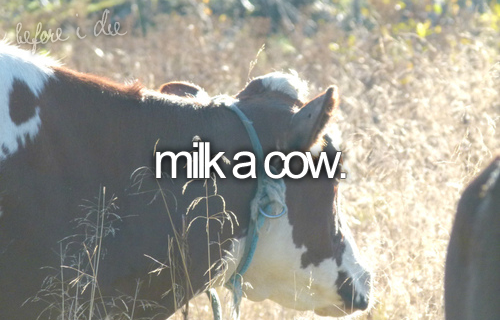
I was a substitute teacher in an art class this week. The room was gloriously colorful and cluttered and student artwork was everywhere: stacked on the floor against the walls, along the whiteboard rim, on every horizontal table surface, and painted on the ceiling tiles. The walls, too, were covered but not with student artwork. The walls had paintings by the masters: Picasso, Monet, Michelangelo, Matisse, M.C. Escher, Georgia O’Keefe, Salvador Dali, and Vincent Van Gogh. I stopped in front of the Van Gogh’s. The paintings here on the walls were printed reproductions, flat in color and texture, like washed-out replicas of the real things.
I know because I stood in front of Van Gogh paintings at the Van Gogh museum in Amsterdam. As an LDS missionary, my companion and I both bought museum passes that let us in whenever we wanted. Sometimes we went to the Van Gogh museum just for lunch. Sometimes we went to sit among the colors and people and the awe of being there. It gave us time to see all the paintings over and over again. I loved the thick bright brush strokes on Van Gogh’s painting “Sunflowers” and the bright cobalt and purples of “Irises.” These were the paintings I remembered from art history. I also loved “The Potato Eaters.” This painting was dark and earthy, a shadowed glimpse into the life of country peasants.
Seeing a Van Gogh painting was never on my bucket list mostly because I thought it seemed like such an impossibility. There I was though, surrounded by Van Gogh’s day after day and it was amazing.
Most absent from my experience was a personal glimpse of “The Starry Night” which is not housed in Amsterdam but in the Museum of Modern Art in New York. I can see it in my mind: thick swirling brush-strokes with blues, blacks, and pops of white and yellow. I imagine the church steeple, the crescent moon, and the movement of the sky and hillside. I’d love to see it. Someday.



